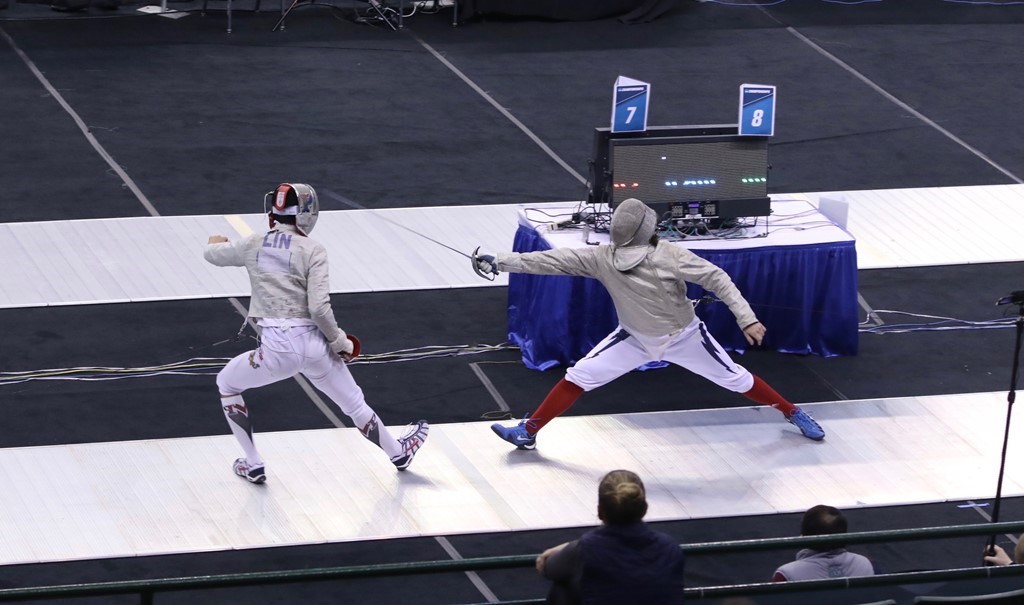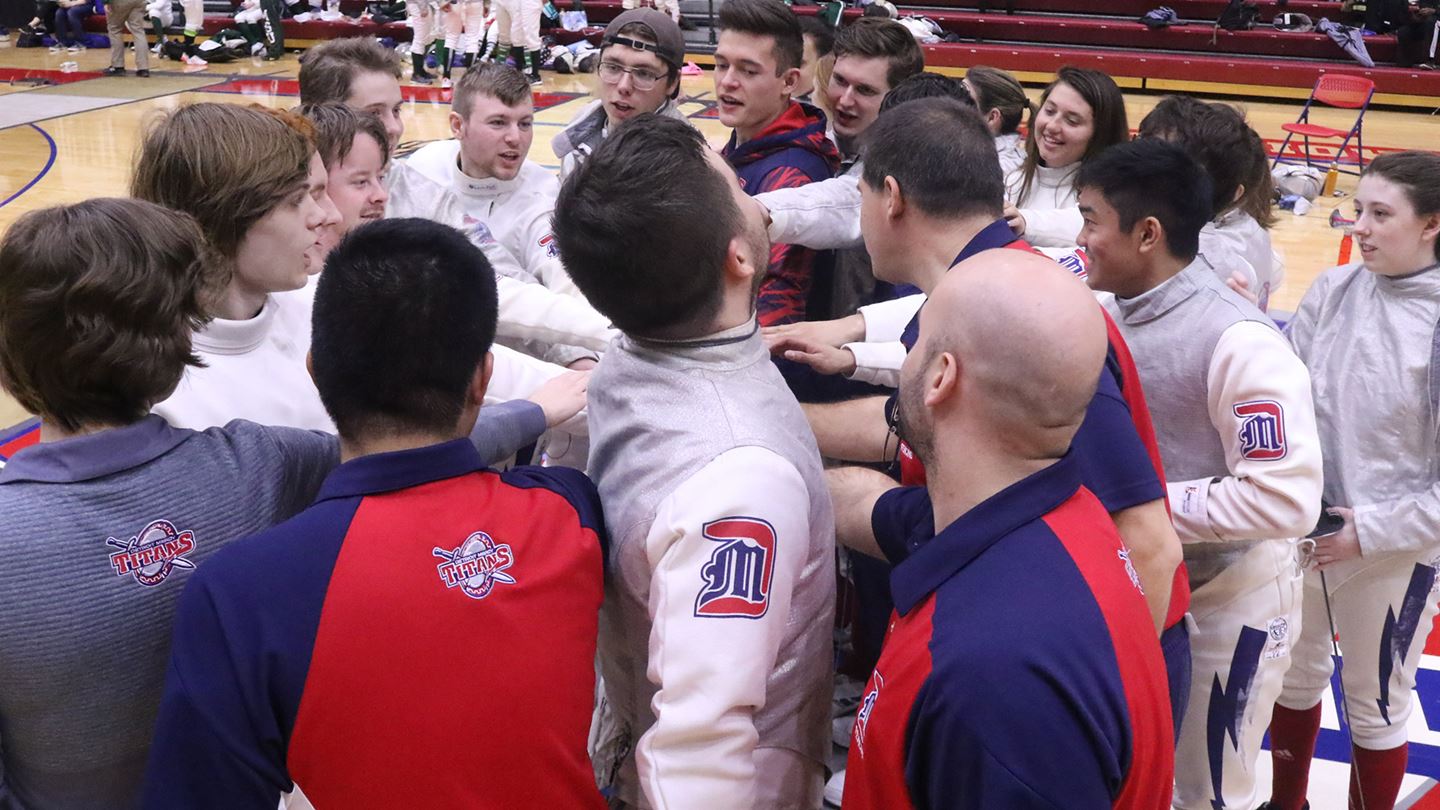Story
Properly working equipment is a crucial aspect of training our student athletes! A new scoring machine and strips will allow us to continue to be competitive in the Midwest. Your contribution toward our $7,000 goal will help ensure that Titan Fencing will have the equipment we need that can make all the difference in achieving a championship performance.
Detroit Mercy fences at the Division I level and is entering its 21st season under head coach Todd Dressell. We are one of two varsity teams in Michigan, with Wayne State University being the other. The Titans earned a national championship in fencing during the 1972 season, capturing the championship by three points over New York University.
The Titans compete annually against many of the top fencing programs in the country, including Northwestern, Notre Dame and Ohio State, among others and is set to serve as the host institution for the 2020 NCAA Fencing Championships as well as the 2019 NCAA Midwest Regional Championship.
NCAA Division I Fencing is divided into four regions across the United States. While competing in the Midwest region, we must travel long distances in order to meet with our opponents. The traveling expenses and equipment replacement account for a large part of our budget. In order to stay within budget, we are forced to cut costs in other areas to keep the program alive. Unfortunately, replacing more expensive equipment is one of the areas that suffer.

When most people think about fencing, they are reminded of swashbuckling movies such as "The Three Musketeers," "Robin Hood," "The Mark of Zorro," "The Buccaneer" or "The Princess Bride." In these movies, the hero fights by making broad sweeping motions with his sword and running about the stage or scene, and the winner is clear when one of the fighters is wounded or dies. But modern fencing is a sport with rapid, subtle movements and fast actions. Often the action in an engagement is over within seconds.
Because the actions are so fast in competition, judges would have a tough time scoring the competitors' hits. So to make the scoring fair, most competitions use electric scoring machines to detect touches. Even though the weapons are not sharp, modern fencers must wear special equipment for protection and scoring.
Fencers compete (bout) on a rectangular strip of floor that is 5.9 to 6.6 feet wide and 46 ft long. Each fencer has a cord attached to him, which is connected to a reel on each short side of the strip. Each cord is spooled on a reel and each reel is connected to the scoring machine.
The scoring machine is on a table just off the middle of one long side of the strip. The machine has four lights (one white light and one colored light for each fencer).
On the other long side of the strip is the director. The director ensures that all equipment is safe, supervises the bout, starts and stops the action, observes and recounts the action, awards points and penalizes faults.
Your gift will help the Detroit Mercy fencing program be a competitive one, and will benefit the student-athletes as they reach their goals on the floor, in the classroom, and in the community.
Thank you for your support of Detroit Mercy fencing! Go Titans!

International residents can make an online gift by going to https://community.udmercy.edu/donate, selecting Other and typing in the crowdfunding project.
 Campaign by
Campaign by 